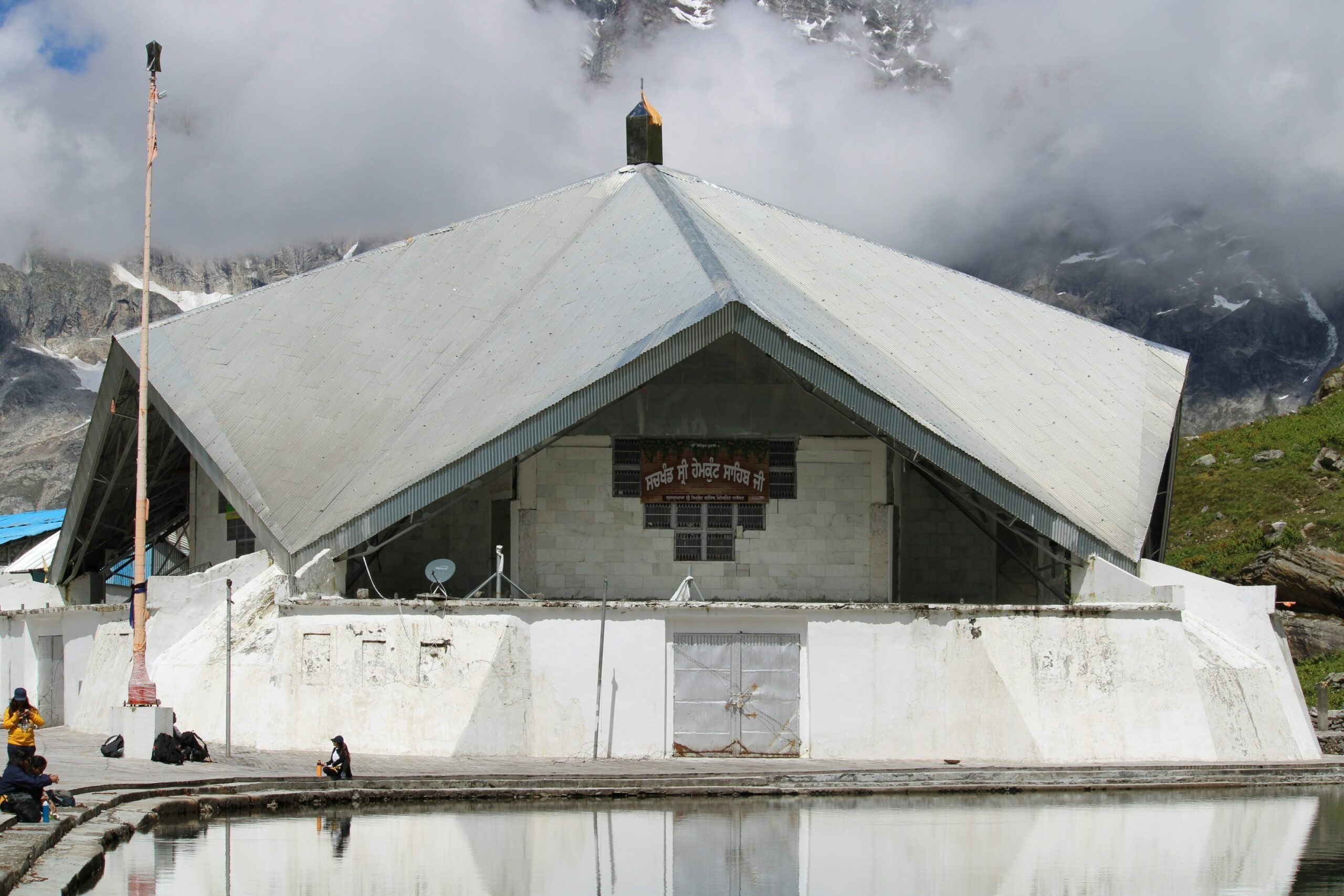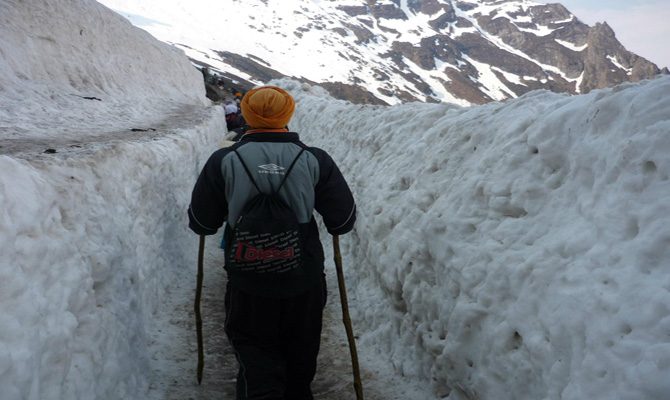Exploring Hemkunt Lake: A Trekker’s and Pilgrim’s Paradise.
Hemkunt Lake, or Hemkund Sahib, is a high-altitude glacial lake at 4,632 meters in Uttarakhand, India. Surrounded by seven snow-capped peaks, it is a sacred site for Sikhs, associated with Guru Gobind Singh, and revered in Hinduism. People believe Guru Gobind Singh meditated here in a previous life, enhancing its spiritual significance. Accessible via a challenging trek from Govindghat through Ghangaria, it attracts both pilgrims and adventurers. The best time to visit is from June to October to experience its serene beauty and spiritual ambiance. Nearby, the Valley of Flowers, a UNESCO World Heritage Site, offers stunning alpine meadows and diverse flora. Hemkunt Lake’s blend of spiritual significance, breathtaking scenery, and the rewarding trek makes it a must-visit destination for those seeking both adventure and tranquility.
The trek to Hemkunt Lake in Uttarakhand, India, is a challenging yet rewarding journey. Starting from Govindghat, trekkers hike 13 km to Ghangaria and then a steep 6 km to the lake. The route features varied landscapes, including dense forests, rocky paths, and alpine meadows. Trekkers should be prepared for altitude sickness and carry essential gear like layered clothing, sturdy boots, and a first aid kit. The best time to visit is June to October. This trek offers a unique blend of spiritual significance and natural beauty, making it a must-visit for adventurers and pilgrims alike.
 Hemkund Gurudwara: High-altitude Sikh pilgrimage amidst Himalayan beauty.
Hemkund Gurudwara: High-altitude Sikh pilgrimage amidst Himalayan beauty.
Certainly, Hemkund Gurudwara, or Hemkund Sahib, holds profound spiritual significance for both Sikhs and Hindus. It’s believed to be a place where Guru Gobind Singh, the tenth Sikh Guru, meditated in a past life, enhancing its sanctity in Sikh tradition. For Sikhs, visiting Hemkund Gurudwara is not just a pilgrimage but a deeply spiritual journey to connect with their faith and seek blessings. Additionally, in Hindu mythology, Hemkund Sahib is associated with Lakshman, the brother of Lord Rama, further adding to its religious importance. This shared reverence underscores the gurudwara’s role as a place of unity and devotion for people of different beliefs.
 Hemkunt Lake: Trekking for Peace in the Himalayan Serenity
Hemkunt Lake: Trekking for Peace in the Himalayan Serenity
For pilgrims embarking on the Hemkund Sahib tour, prepare for a rigorous trek from Govindghat to Ghangaria (13 km) on day one, then a steep 6 km ascent to Hemkund Sahib on day two. Pack layered clothing, sturdy trekking shoes, and rain gear. Acclimatize in Govindghat or Ghangaria to avoid altitude sickness and carry necessary medications. Respect gurudwara etiquette, covering your head and maintaining cleanliness. Visit between June and October for favorable weather. Obtain permits and trek in groups for safety. Embrace the spiritual journey, participating in prayers and rituals while practicing environmental conservation to preserve the sanctity of Hemkund Sahib.
Nearby Places to Visit around Hemkunt Sahib____
- Valley of Flowers:
- A UNESCO World Heritage Site known for its stunning alpine meadows and diverse flora.
- Accessible via a trek from Ghangaria.
- Best visited from July to early September when the flowers are in full bloom.
- Mana Village:
- The last Indian village before the Tibet-China border.
- Located near Badrinath, known for its traditional culture and scenic beauty.
- Attractions include the Vyas Gufa and Ganesh Gufa.
- Joshimath:
- A popular hill station and gateway to several trekking routes.
- Home to the ancient Narsingh Temple and Shankaracharya Math.
- Offers cable car rides to Auli, a renowned ski destination.
- Govindghat:
- The base camp for treks to Hemkund Sahib and the Valley of Flowers.
- Located on the banks of the Alaknanda River.
- Provides basic accommodation and amenities for pilgrims and trekkers.
- Vasudhara Falls:
- A picturesque waterfall near Mana Village.
- Requires a 6 km trek from Mana, offering stunning views along the way.
- Best visited during the summer months when the flow is at its peak.

